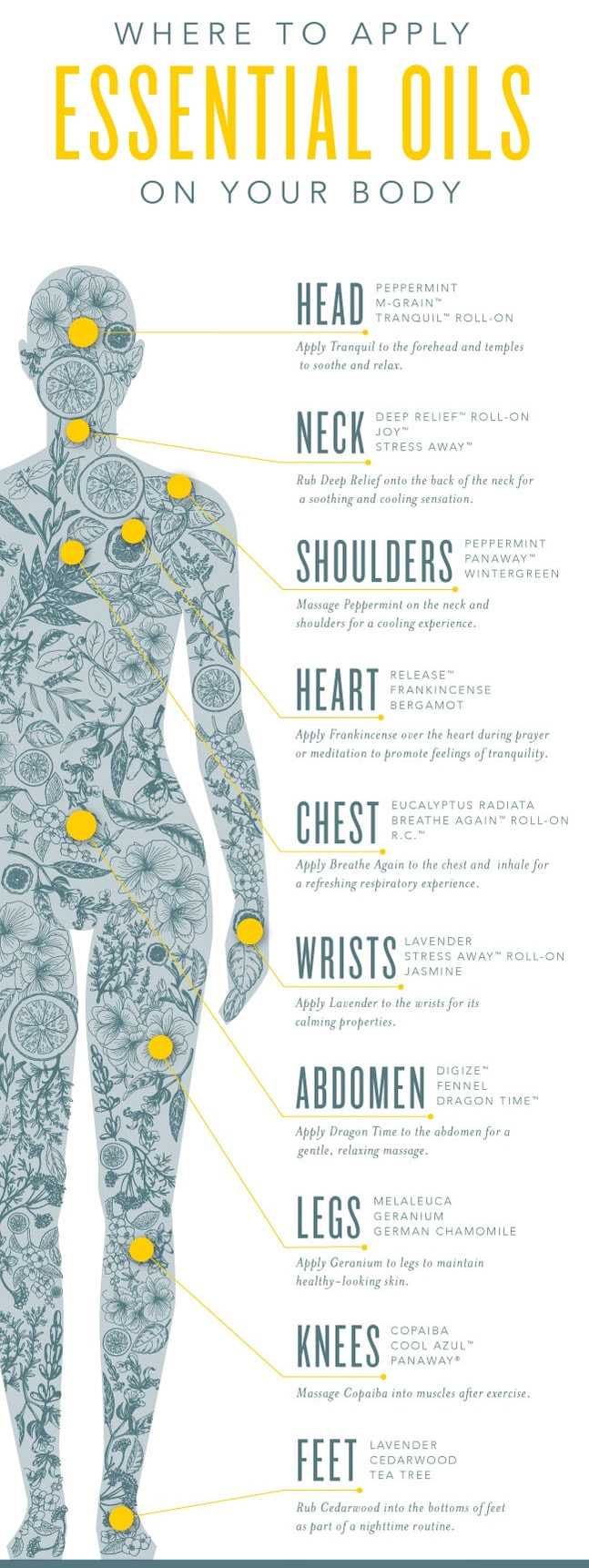Are Essential Oils Safe?
What You Should Know About Our Essential Oils
Our essential oils are labelled as cosmetics by the Therapeutic Goods Administration Australia. This is why you will not find any medical or therapeutic claims on this website in regards to our essential oils. We are unable to make these claims, and can be heavily fined if we do so. We believe this is for your safety, and ours.
We highly recommend doing your own research when it comes to using essential oils for therapeutic use.
We highly recommend doing your own research when it comes to using essential oils for therapeutic use.
